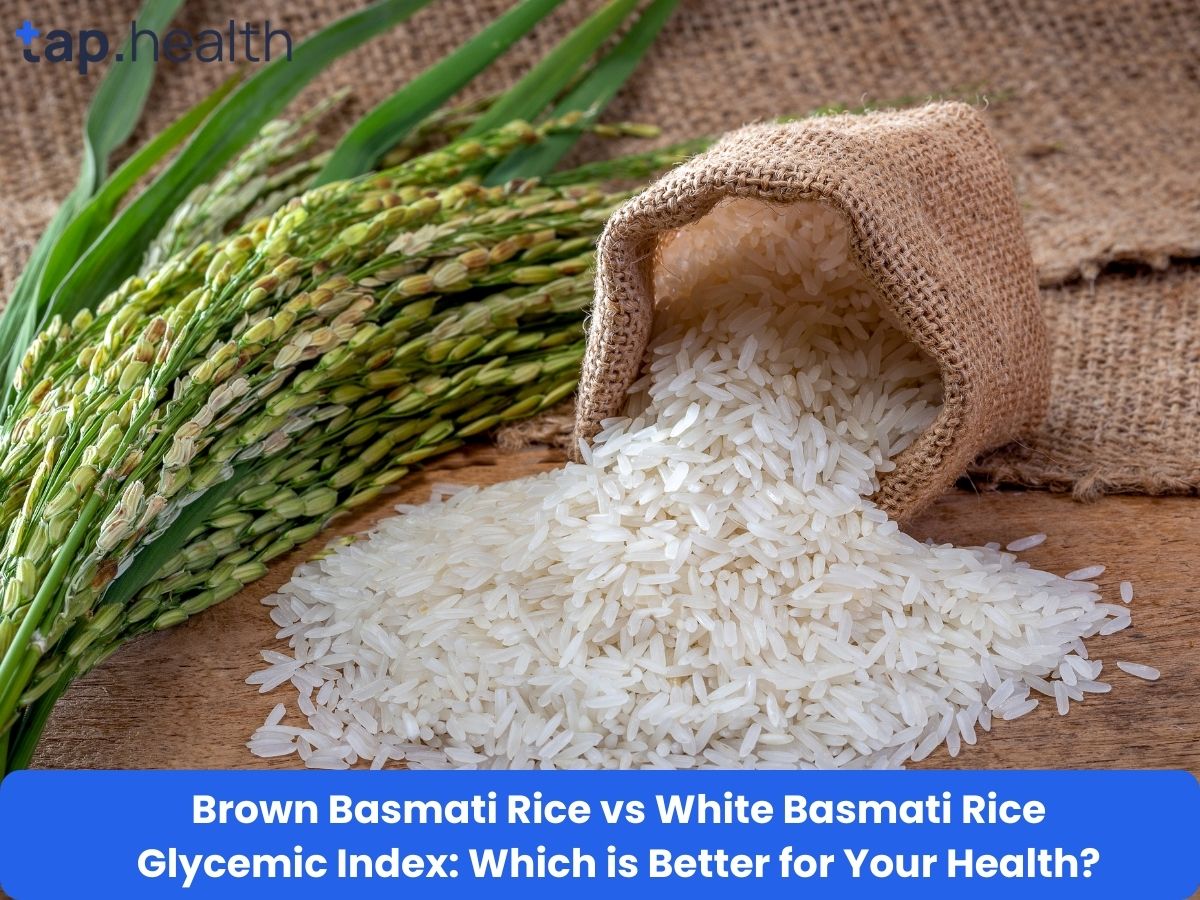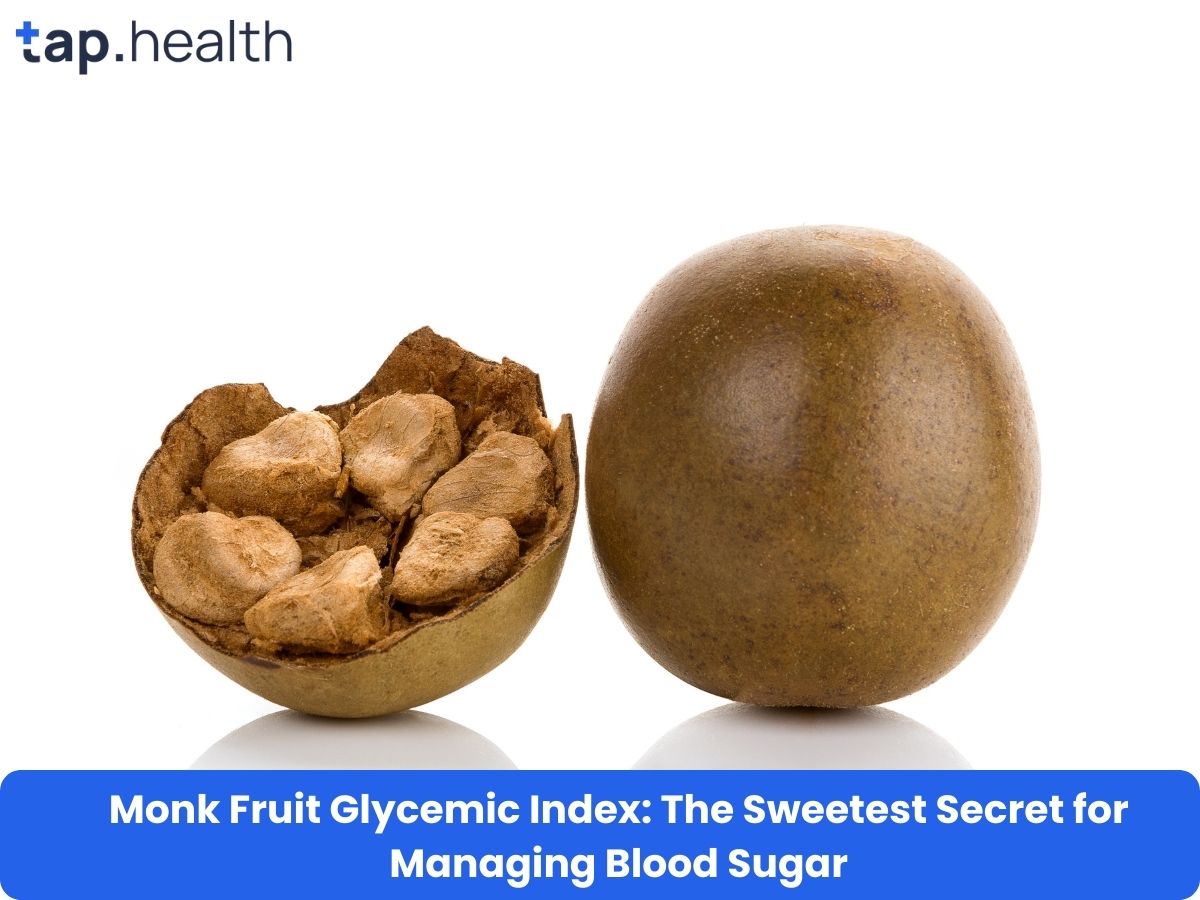Table of Contents
- Decoding Your Glucose Challenge Test Results
- Understanding Glucose Challenge Test: A Comprehensive Guide
- What Your Glucose Challenge Test Results Mean
- High or Low Glucose? Interpreting Your Test Results
- Improve Your Glucose Levels: Actionable Steps After Your Test
- Frequently Asked Questions
- References
Decoding your health reports can feel like navigating a maze, especially when it comes to something as crucial as your glucose levels. Have you recently undergone a glucose challenge test and are now staring at your results, wondering what it all means? Understanding your Glucose Challenge Test Results is key to managing your health, whether you’re monitoring gestational diabetes, pre-diabetes, or simply want a clearer picture of your metabolic health. This blog post will break down the complexities of your test results in a simple, straightforward way, helping you understand what the numbers mean and what steps you can take next. Let’s dive in and demystify those results together!
Decoding Your Glucose Challenge Test Results
Understanding your glucose challenge test results is crucial for managing your health, especially in regions like India and other tropical countries where diabetes prevalence is high. A significant number of diabetic patients in these areas report HbA1c levels above 9%, highlighting the critical need for accurate interpretation and proactive management. This test helps screen for gestational diabetes during pregnancy or indicates a higher risk of developing type 2 diabetes.
Understanding the Numbers
Your glucose challenge test results typically involve measuring your blood glucose levels at specific intervals after consuming a sugary drink. The results will show your blood sugar levels at fasting, and at 1 hour, and sometimes 2 hours after. High glucose readings at these time points indicate impaired glucose tolerance or potentially, diabetes. It’s essential to note that the specific normal ranges can vary slightly depending on the lab and the test used. Always consult your doctor for a personalized interpretation of your results. In India, for example, variations in dietary habits and lifestyles can influence interpretation of these numbers. Therefore, it’s crucial to discuss your results with a healthcare professional who understands the regional context. For more information on maintaining healthy blood sugar levels, you might find our article on Blood Sugar Levels helpful.
What to Do Next
Don’t panic if your results show elevated glucose levels. This is a screening test, and a single high reading doesn’t necessarily confirm a diagnosis. Further testing, including a fasting blood glucose test or an oral glucose tolerance test (OGTT), might be needed. If diagnosed with impaired glucose tolerance or diabetes, your doctor will guide you on lifestyle modifications like dietary changes, increased physical activity, and medication, if necessary. In tropical countries with hot climates, ensuring adequate hydration is also crucial for effective glucose management. Seek advice from a qualified doctor in your region to develop a tailored management plan suited to your specific needs and local conditions. Early intervention is key in preventing or managing diabetes-related complications. Understanding extreme cases can also be helpful; for example, you may find our article on Is 550 Blood Sugar Normal? Decode the Secret informative, though remember that this is an extreme example and should not be used for self-diagnosis.
Understanding Glucose Challenge Test: A Comprehensive Guide
Understanding your glucose challenge test results is crucial for managing your health, especially in regions like India and other tropical countries where diabetes prevalence is high. This test measures how your body processes sugar, providing valuable insights into your risk of developing gestational diabetes or type 2 diabetes. Ideally, pre-meal blood sugar levels should fall between 80–130 mg/dL, while post-meal levels should remain below 180 mg/dL. Deviating from these ranges can indicate potential problems. For more information on what constitutes a normal blood sugar level, you might find our article on Is an 85 Sugar Level Normal? Understanding Healthy Blood Glucose helpful.
Interpreting Your Results
The glucose challenge test typically involves drinking a sugary solution followed by a blood glucose measurement after a specific time, usually one hour. High post-challenge glucose levels suggest your body isn’t efficiently processing sugar. This might manifest as elevated fasting blood sugar or postprandial blood sugar levels consistently. Factors like diet, family history, and lifestyle contribute significantly to these results, especially in tropical climates where dietary habits often include high carbohydrate consumption. Understanding your results is the first step towards proactive health management. To understand more about specific blood sugar levels, check out our guide on Is a 100 mg/dL Blood Sugar Level Normal? Comprehensive Guide.
Next Steps
If your glucose challenge test reveals elevated blood sugar levels, don’t panic. Consult a healthcare professional immediately, particularly a diabetologist experienced in managing diabetes in the Indian context or other tropical regions. They can provide personalized guidance on lifestyle modifications, dietary changes, and potentially medication, if necessary. Early intervention is key to managing blood sugar and preventing long-term complications. Remember, maintaining a healthy lifestyle through balanced nutrition and regular exercise is critical in preventing and managing elevated blood glucose levels. Schedule an appointment with your doctor today to discuss your results and develop a personalized health plan.
What Your Glucose Challenge Test Results Mean
Understanding your glucose challenge test results is crucial for managing your health, especially in regions like India and other tropical countries where diabetes prevalence is high. This simple blood test helps assess how your body processes sugar. After consuming a sugary drink, your blood glucose levels are measured at specific intervals. The key numbers to remember are provided by medical professionals: Less than 140 mg/dL is generally considered normal.
Interpreting Your Results
A result between 140–199 mg/dL indicates prediabetes, a condition where your blood sugar is higher than normal but not yet high enough to be diagnosed as type 2 diabetes. This is a critical stage, requiring lifestyle changes to prevent the progression to diabetes. A reading of 200 mg/dL or higher suggests diabetes, necessitating immediate medical attention and a comprehensive management plan. These ranges are guidelines and your doctor will interpret your results in the context of your overall health and other risk factors. Knowing The Best Times to Check Your Blood Sugar Levels can also be helpful in managing your condition.
Next Steps in India and Tropical Countries
In India and other tropical countries, factors like genetics, dietary habits, and lifestyle contribute significantly to the high prevalence of diabetes. If your glucose challenge test reveals prediabetes or diabetes, don’t delay seeking expert medical advice. Consult a diabetologist or your family doctor for personalized guidance on dietary modifications, exercise regimens, and potentially medication. Early intervention can significantly reduce the risk of long-term complications associated with high blood sugar. Remember that consistent monitoring and proactive management are key to a healthy life. While a reading of 200mg/dL or higher is cause for concern, understanding the range of possibilities, such as what extremely high blood glucose levels might indicate, is important for context.
High or Low Glucose? Interpreting Your Test Results
Understanding your glucose challenge test results is crucial for managing your health, especially in regions like India and other tropical countries where diabetes is increasingly prevalent. A normal fasting blood sugar level, as per standard medical guidelines, typically falls between 70–99 mg/dL. This range indicates healthy glucose metabolism. However, understanding what falls outside this range is equally important.
Understanding High Glucose Levels
Readings between 100–125 mg/dL suggest prediabetes, a condition where your blood sugar is higher than normal but not yet high enough to be diagnosed as type 2 diabetes. This is a significant warning sign, requiring lifestyle changes and regular monitoring. In India, for instance, lifestyle factors often contribute to prediabetes, making awareness and proactive steps even more critical. A reading of 126 mg/dL or higher after a fasting glucose test, on the other hand, is indicative of diabetes. Immediate medical attention and a tailored diabetes management plan become necessary. For a deeper understanding of slightly elevated levels, you might find our article, Is a 105 mg/dL Blood Sugar Level Normal? Full Analysis, helpful.
Interpreting Low Glucose Levels
While high glucose is a common concern, low blood sugar (hypoglycemia) can also be problematic. Though less frequent, it can cause symptoms like weakness, dizziness, and shakiness. Understanding the cause – whether it’s due to medication, inadequate food intake, or other underlying conditions – is crucial. In tropical climates, dehydration can sometimes exacerbate low blood glucose levels, emphasizing the importance of staying adequately hydrated. For more information on low blood sugar, please see our article, Is a 50 Sugar Level Normal? Understanding Low Blood Sugar.
Taking Action
Regardless of your glucose challenge test results, consulting a doctor is vital. They can provide personalized advice based on your specific circumstances and regional health factors. Don’t hesitate to discuss your results and concerns. Early intervention is key to preventing or managing diabetes and other related health issues, ultimately improving your quality of life. Remember, proactive healthcare is especially important in managing prevalent health challenges in Indian and tropical regions.
Improve Your Glucose Levels: Actionable Steps After Your Test
Understanding your glucose challenge test results is crucial for managing your health, particularly in regions like India and other tropical countries where diabetes is prevalent. After your test, knowing what your levels indicate is the first step. Remember, a reading below 5.7% is considered normal, 5.7%–6.4% indicates prediabetes, and 6.5% or higher suggests diabetes. This information helps you and your doctor create a personalized plan.
Lifestyle Changes for Better Glucose Control
Regardless of your results, adopting a healthier lifestyle is key to improving glucose levels. This involves a balanced diet rich in whole grains, fruits, vegetables, and lean proteins, minimizing processed foods, sugary drinks, and refined carbohydrates common in many Indian and tropical diets. Regular physical activity, even a brisk 30-minute walk most days, is vital. Managing stress is also important, as stress can impact blood sugar levels. Consider incorporating yoga or meditation into your routine – practices common and readily accessible across many Indian and tropical cultures. For immediate relief, you might find 10 Tips for Immediate Blood Sugar Reduction helpful.
Seeking Professional Guidance
Depending on your results, you may need to consult a doctor or registered dietitian for personalized advice. If you fall within the prediabetes range (5.7%–6.4%), proactive steps can significantly reduce your risk of developing type 2 diabetes. For those with higher readings (6.5% or above), a healthcare professional can guide you on medication, insulin management, and ongoing monitoring strategies. Don’t delay seeking help; early intervention is crucial.
Taking Control of Your Health in India and Tropical Climates
In India and other tropical regions, access to healthcare varies. However, proactive steps towards a healthier lifestyle are within everyone’s reach. Consult your local doctor or health clinic for personalized advice and support in managing your glucose levels. Remember, even small changes can make a big difference in your long-term health and well-being. Exploring Top 8 Natural Remedies to Improve Blood Sugar Levels could also complement your efforts.
Frequently Asked Questions on Glucose Challenge Test Results
Q1. What is a glucose challenge test and what does it measure?
A glucose challenge test measures how your body processes sugar. It helps screen for gestational diabetes during pregnancy and indicates your risk of developing type 2 diabetes. The test involves drinking a sugary solution and measuring blood glucose levels at intervals afterward.
Q2. How are glucose challenge test results interpreted, and what do the different ranges mean?
Results show blood glucose levels at various times (e.g., fasting, 1 hour, 2 hours). Levels significantly above the normal range may suggest impaired glucose tolerance or diabetes. However, a single high reading doesn’t confirm a diagnosis. Your doctor will interpret results based on these levels and your overall health, considering regional factors and lifestyle.
Q3. What should I do if my glucose challenge test results show elevated glucose levels?
Don’t panic; this is a screening test. Consult your doctor immediately for further testing (e.g., fasting blood glucose test, OGTT) and personalized advice. They’ll guide you on lifestyle changes (diet, exercise), medication (if necessary), and ongoing management, considering your location and health factors.
Q4. What lifestyle changes can I make to improve my glucose levels and reduce my risk of diabetes?
Maintain a balanced diet with whole grains, fruits, vegetables, and lean proteins. Reduce processed foods, sugary drinks, and refined carbs. Get regular physical activity, manage stress through techniques like yoga or meditation, and stay adequately hydrated, especially in hot climates.
Q5. Why is it important to consult a doctor, particularly in India and other tropical countries, after a glucose challenge test?
Doctors provide personalized interpretations of your results, considering regional factors (diet, lifestyle) that affect glucose levels. They offer tailored advice on diabetes prevention and management, including lifestyle changes and medication, reducing the risk of complications.
References
- Let Curves Speak: A Continuous Glucose Monitor based Large Sensor Foundation Model for Diabetes Management: https://arxiv.org/pdf/2412.09727
- Blood Glucose Level Prediction in Type 1 Diabetes Using Machine Learning: https://arxiv.org/pdf/2502.00065



